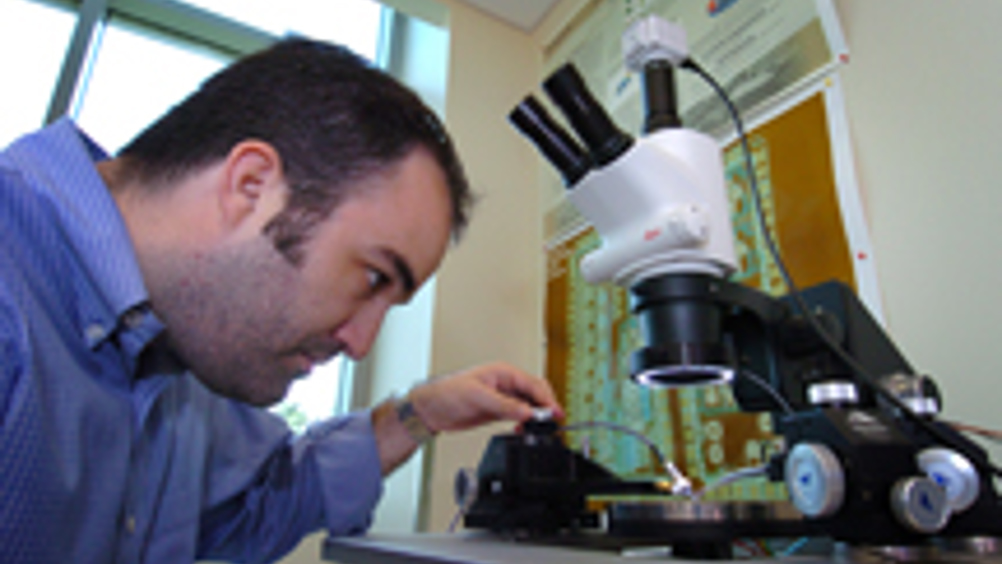You got the look

The anti-epileptic device is a tiny transmitter three times the width of a human hair that is implanted below the scalp to detect the signs of an epileptic seizure before it occurs. The system is designed to record neural signals relayed by electrodes in various points in the brain. The electrodes would be inserted directly in the brain through holes in the skull and connected to a transmitter by wires.
‘When epileptics have a seizure, a particular part of the brain starts firing in a way that is abnormal,’ said Pedro Irazoqui, an assistant professor of biomedical engineering. ‘Being able to record signals from several parts of the brain at the same time enables you to product when a seizure is about to start, and then you can take steps to prevent it.’
Register now to continue reading
Thanks for visiting The Engineer. You’ve now reached your monthly limit of news stories. Register for free to unlock unlimited access to all of our news coverage, as well as premium content including opinion, in-depth features and special reports.
Benefits of registering
-
In-depth insights and coverage of key emerging trends
-
Unrestricted access to special reports throughout the year
-
Daily technology news delivered straight to your inbox










Pipebots Transforming Water Pipe Leak Detection and Repair
Fantastic application.